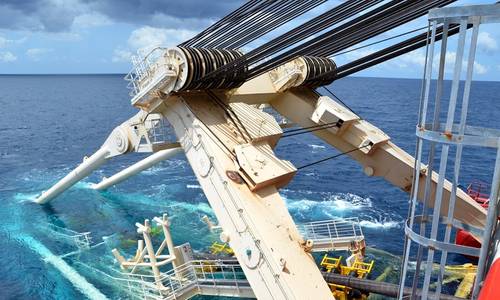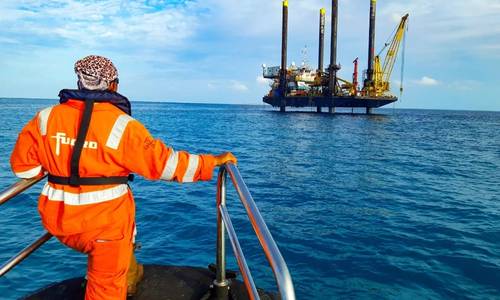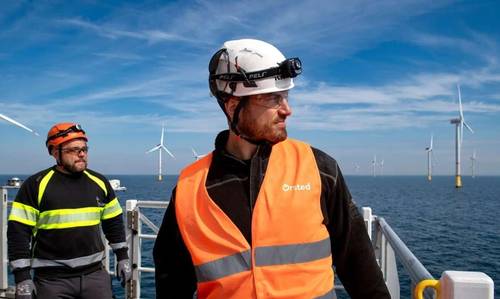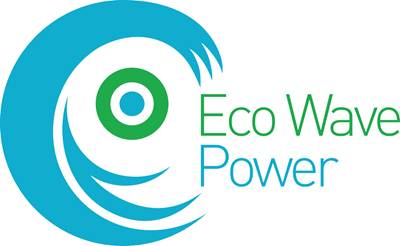In Maritime Propulsion, there is no 'one-size-fits-all' DPS for Vessels
Wendy Laursen
April 24, 2025
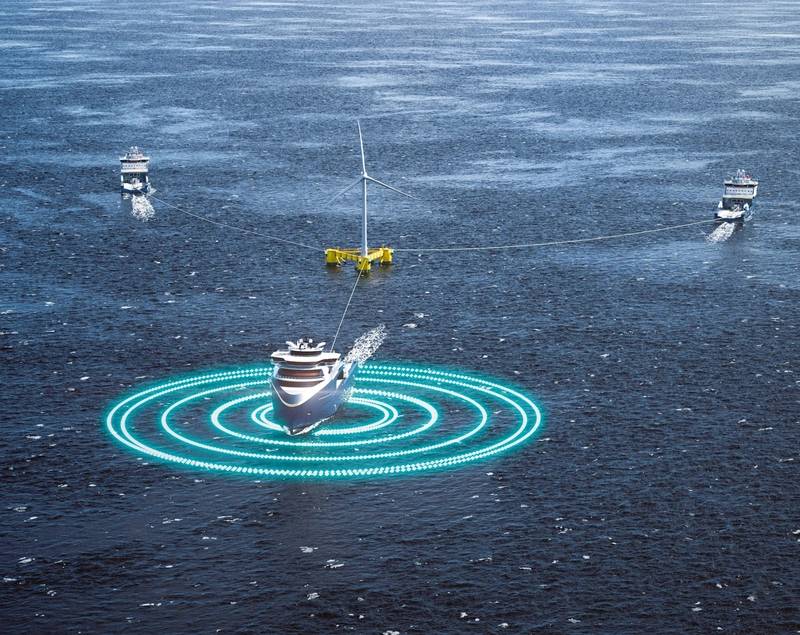
If the dynamic positioning (DP) system went down on an offshore supply vessel, it could result in a collision. On a dive support vessel, it could result in injury or death for a diver. On a drilling rig, it could result in a blowout with loss of life, pollution and fire.
Built-in redundancy is key to avoiding failures, and this in turn determines the thruster, electrical and engine configurations that are designed to enable DP systems.
“There is no single, universal solution,” says Lauri Tiainen, Director Thrusters and Propulsion Control Systems, Wärtsilä Marine. “Each vessel has unique operational requirements and design considerations. Vessels working in shallow waters, especially those supporting walk-to-work operations, require different system solutions compared to traditional oil and gas vessels operating in deeper waters.”
The company’s design philosophy begins by examining the hydrodynamic and aerodynamic forces acting on a vessel and determining how best to counteract these forces with thrusters. This includes assessing the placement and integration of steerable and tunnel thrusters within the hull to optimize propulsion efficiency. Electrical systems, gensets and DP control systems are then chosen to support the required redundancy and performance needs.
DP is gaining prominence in vessels involved in offshore wind projects, and Wärtsilä has introduced new technologies, such as the WST-E thruster family, launched in 2024, designed specifically for specialized shallow-water applications. Wärtsilä has been a long-standing advocate for 8°-tilted thruster designs, which reduce thruster-hull interactions, lower energy consumption and improve positional accuracy.
Wärtsilä has also developed its patent-pending OPTI-DP simulation tool and thruster allocation logic that provides detailed insights into thruster-to-thruster and thruster-to-hull interactions. Conventional methods for assessing accurate DP capability calculations have become increasingly challenging as offshore operations move further from shore and as the vessels serving them become larger and more complex. OPTI-DP allows the simulation of environmental operating conditions, with independent wind, wave and current directions, if desired, plus the ability to simulate multiple failures.
As well as enabling safe and smooth operation, ABB Ability Marine Pilot Control uses speed-dependent hydrodynamic models of the ship and its thrusters to increase the energy efficiency of DP operations. Kalevi Tervo, Corporate Executive Engineer and Global Program Manager, ABB Marine & Ports, explains these models encode the behavior of the ship and the thrusters into a format which the control system can use to proactively “understand, plan and decide” the most efficient control strategies, instead of only acting in a reactive way based on conventional feedback control.
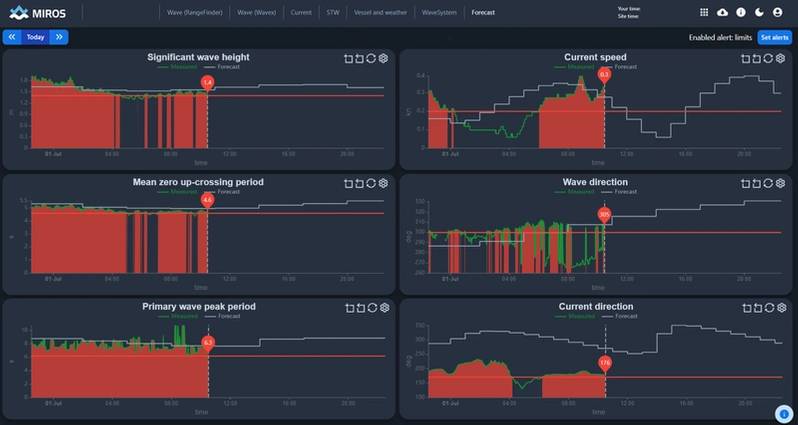 Above and Below: Miros has launched a new wave and vessel motion prediction technology PredictifAI™
Above and Below: Miros has launched a new wave and vessel motion prediction technology PredictifAI™
Image courtesy Miros
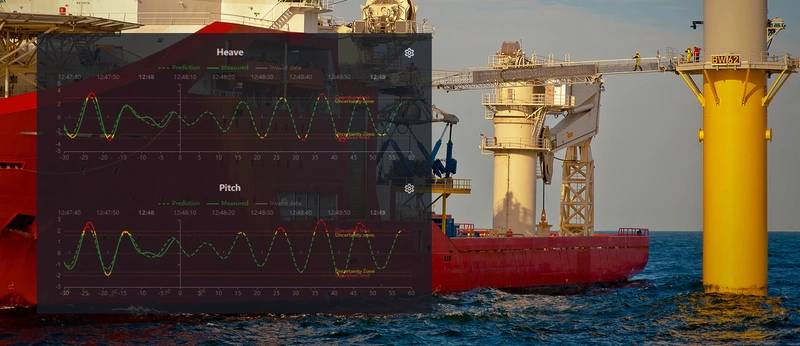
This is especially beneficial in dynamic situations when the setpoint or weather changes or when there is a need for more complex dynamic maneuvers such as dynamic track control or simultaneous turning and moving. However, it is also still beneficial for energy-efficient control in steady situations due to being able to use the most efficient thruster angles, instead of using inefficient angles for prolonged periods (e.g. for several hours). Ship and actuator dynamics are nonlinear, says Tervo, and linear model-free approaches struggle to control these kinds of systems efficiently.ABB has developed thruster models that consider the state of motion of the vessel.
This is valuable when, for example, a vessel is in position but performs a heading-change maneuver. When the vessel rate of turn picks up, the thruster is travelling along an arc where the experienced speed of the flow at the thruster depends on the rate of turn and the distance of the thruster from the center of the vessel. If the DP system only considered zero speed, the control angles for the thrusters would lead to a situation where the rudder effect of the thruster is fighting against the thrust it produces, resulting in excessive energy consumption.
Thrusters cannot change their angle or rpm infinitely fast, says Tervo.
There are also forbidden / undesired angles which typically mean angles where one thruster is flushing the other thruster or the hull, reducing the effective thrust and increasing power need as well as wear-and-tear. The ability to anticipate the future force required to accomplish a task enables the control system to prepare thruster angle and RPM for future needs using the most efficient angles while continuously taking into account the limitations of the thrusters.
Miros has launched a new wave and vessel motion prediction technology PredictifAI that anticipates the future to improve the energy efficiency of DP operations. It provides accurate and real-time wave, wind and current predictions up to a couple of minutes in advance. These are deterministic predictions of ocean waves and vessel motion, and by leveraging machine learning and advanced data analytics, the technology continuously improves its forecasting accuracy. The system pairs artificial intelligence with X-band radar and local high-accuracy wave height measurements to deliver a monitoring solution that automatically adapts to varying sea and weather conditions.
Kongsberg Maritime has focused its recent DP optimization on offshore wind operations, looking beyond individual vessel dynamics to enable them to maneuver within a wind farm more efficiently, saving fuel and time and increasing safety. Birger Teien Evensen, Sales Director – Offshore at Kongsberg Maritime, says the functionality enables vessels to move in to a safety zone and reach an optimal position for gangway operations automatically. It can also do this for floating wind farms. “Floating turbines move quite fast within their anchor pattern, and it is difficult for a vessel to follow whilst keeping the gangway in position,” says Evensen.
In another big-picture development Kongsberg Maritime has addressed the challenges of transporting and installing giant floating wind turbines with Tow Assist, a DP system which enables unpowered floating structures to become DP-enabled. Positioning equipment is temporarily installed onboard that links wirelessly to the DP-enabled towing vessels. Real-time data on position and heading, along with thruster and winch status, is transferred wirelessly to the Tow Assist master computer located on the lead towing vessel. The other two towing vessels then act as thrusters for the floating structure. The idea is to ensure optimal performance of all the vessels involved while reducing the risk of manual communication and coordination between the towing vessels.
The new Tow Assist System was successfully trialed in the North Sea in summer 2024 and is set to be commercially available in 2025 – ready to reduce operational risks for the rapidly maturing floating wind industry.
 DP is gaining prominence in vessels involved in offshore wind projects.
DP is gaining prominence in vessels involved in offshore wind projects.
Image courtesy Wärtsilä


